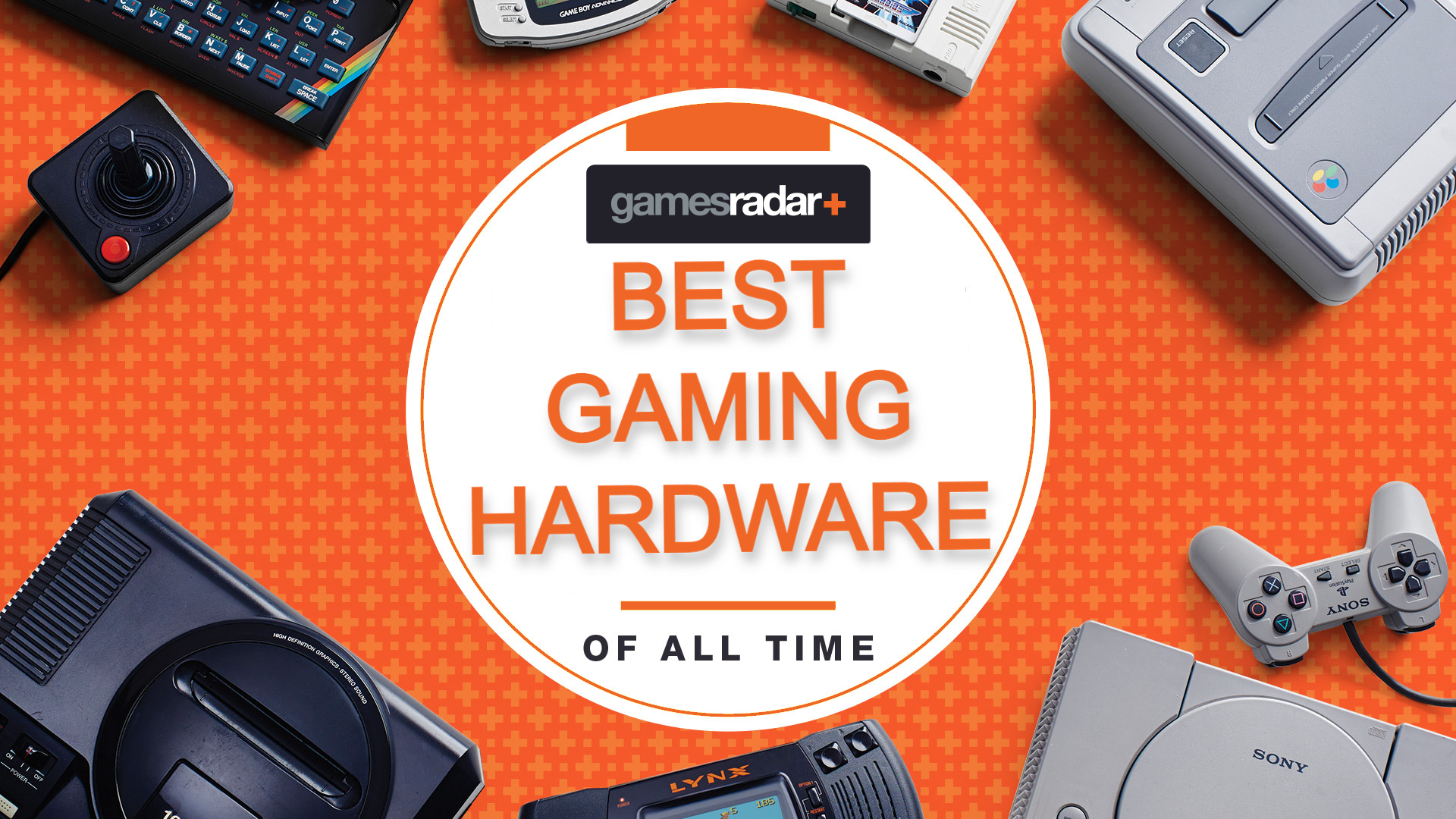
The release of the PS5 and Xbox Series X got us thinking – what are the best video game consoles of all time? Then again, with the Golden Joystick Awards celebrating 50 years of gaming, maybe this framing isn't wide enough. So we took it to you, the GamesRadar+ readers and the Golden Joystick Award 2021 viewers to rank the greatest video game hardware – from the humble PC to the biggest launches from Microsoft, Nintendo, Sega, and Sony.
We drafted this 20 system shortlist by weighing up the influence each has had on the industry, their impact on wider culture, and the lasting consequences of their legacy on the ways that we play today. From there, we left it in your capable hands to decide the ranking. So read on to see what the best video game consoles and systems of all time are.
20. Atari 2600
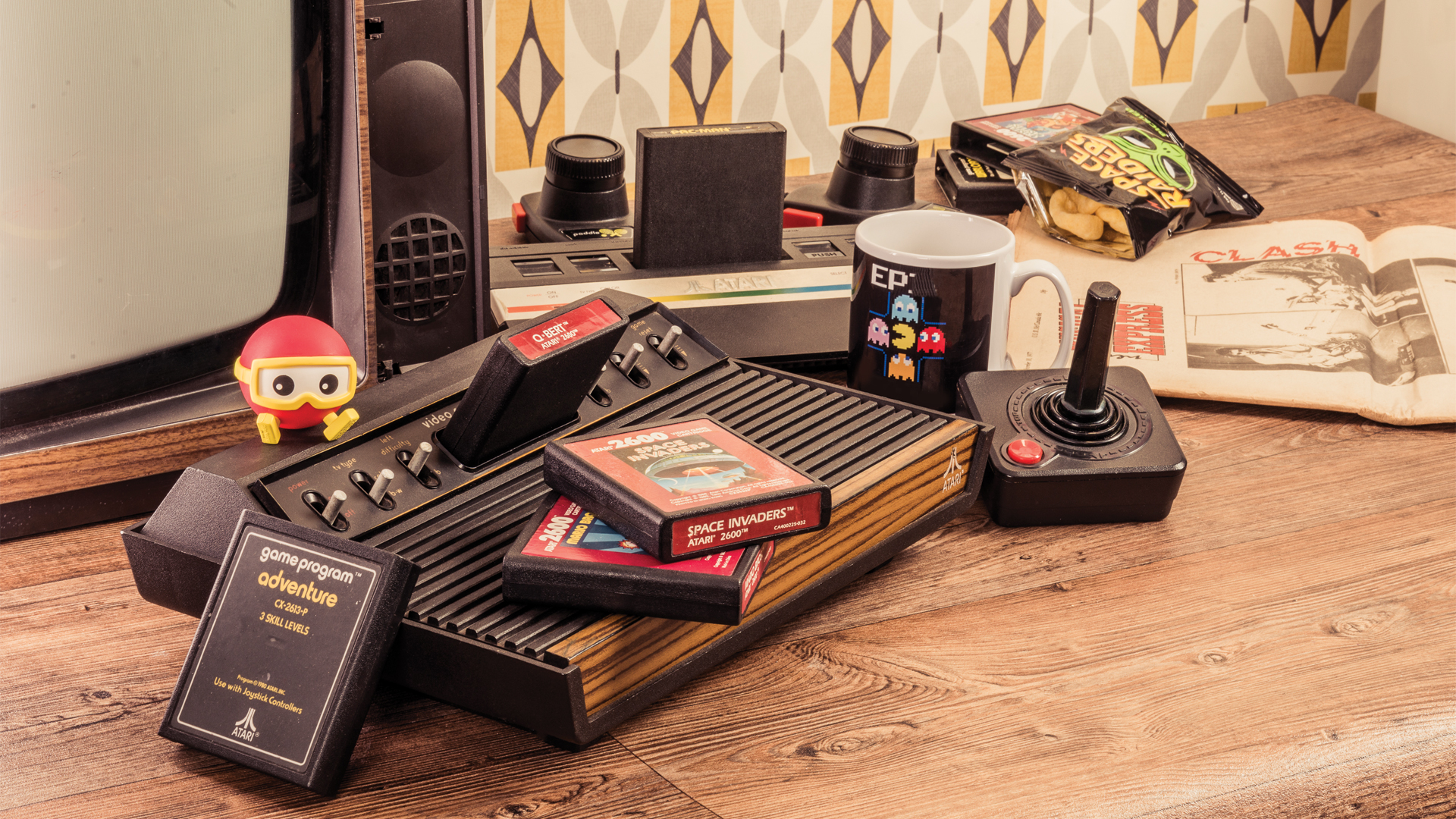
Year: 1977 | Manufacturer: Atari
The Atari 2600 is the oldest system to make it onto our shortlist for best gaming hardware of all time but deserves its place for sheer influence alone. Released in 1977, the Atari 2600 was a genuine phenomenon, selling millions and remaining a viable platform for developers for over a decade. Atari's power in the arcade industry provided the system with ready-made hits, and the company innovated by licensing additional games from its arcade rivals, including the million-selling Space Invaders.
19. Commodore 64
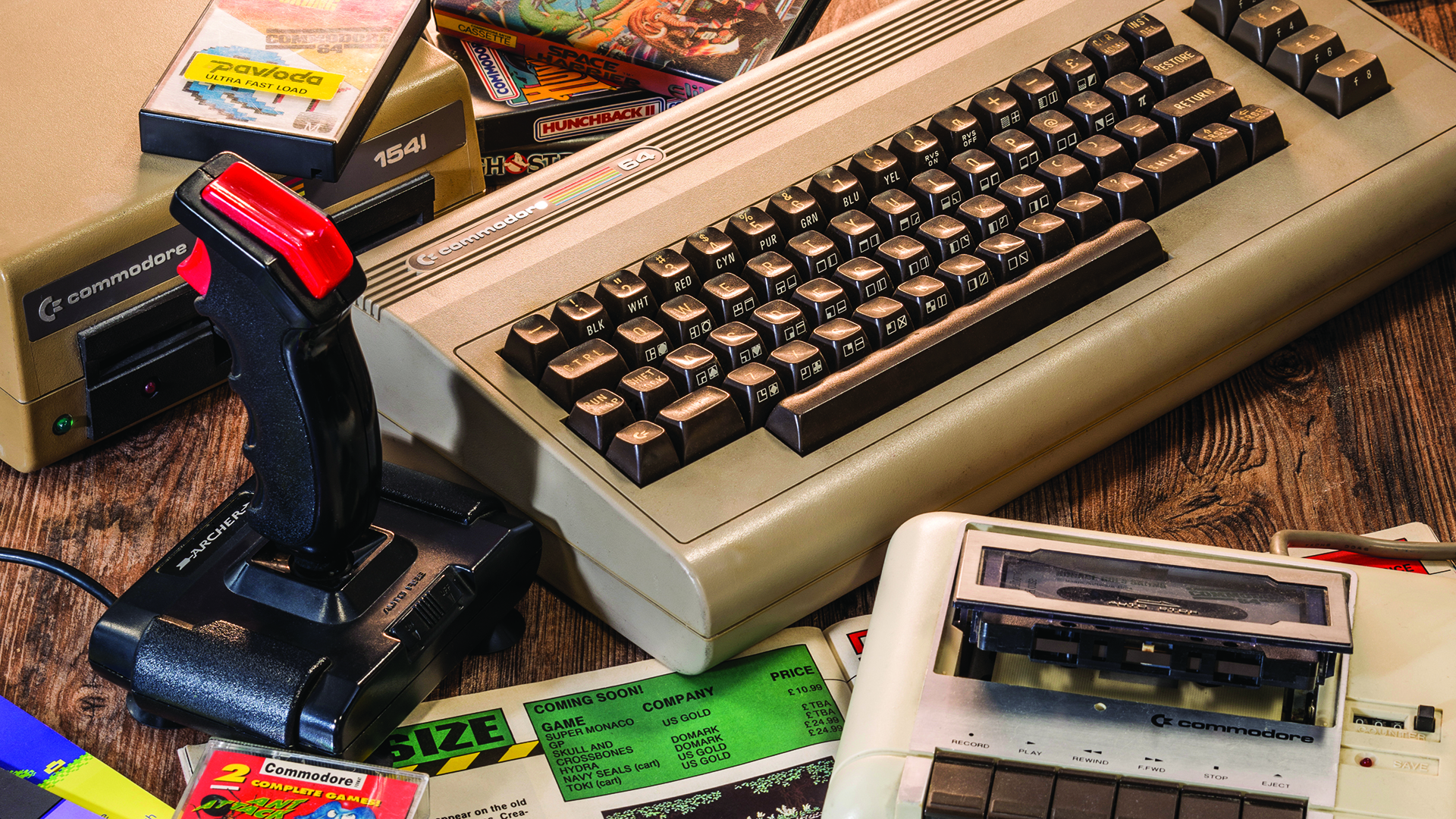
Year: 1982 | Manufacturer: Commodore
Driven by Jack Tramiel's philosophy of making computers "for the masses, not the classes", the Commodore 64 packed powerful graphical capabilities and a legendary sound chip into an affordable package. The C64 dominated the low-end computer market, making it an accessible platform for experienced and hobbyist coders alike. This led to a wide array of incredible games like Turrican and Paradroid, fantastic conversions like Bubble Bobble and The Sentinel, and a thriving demoscene that helped enthusiast game creators get a start in the industry.
18. ZX Spectrum
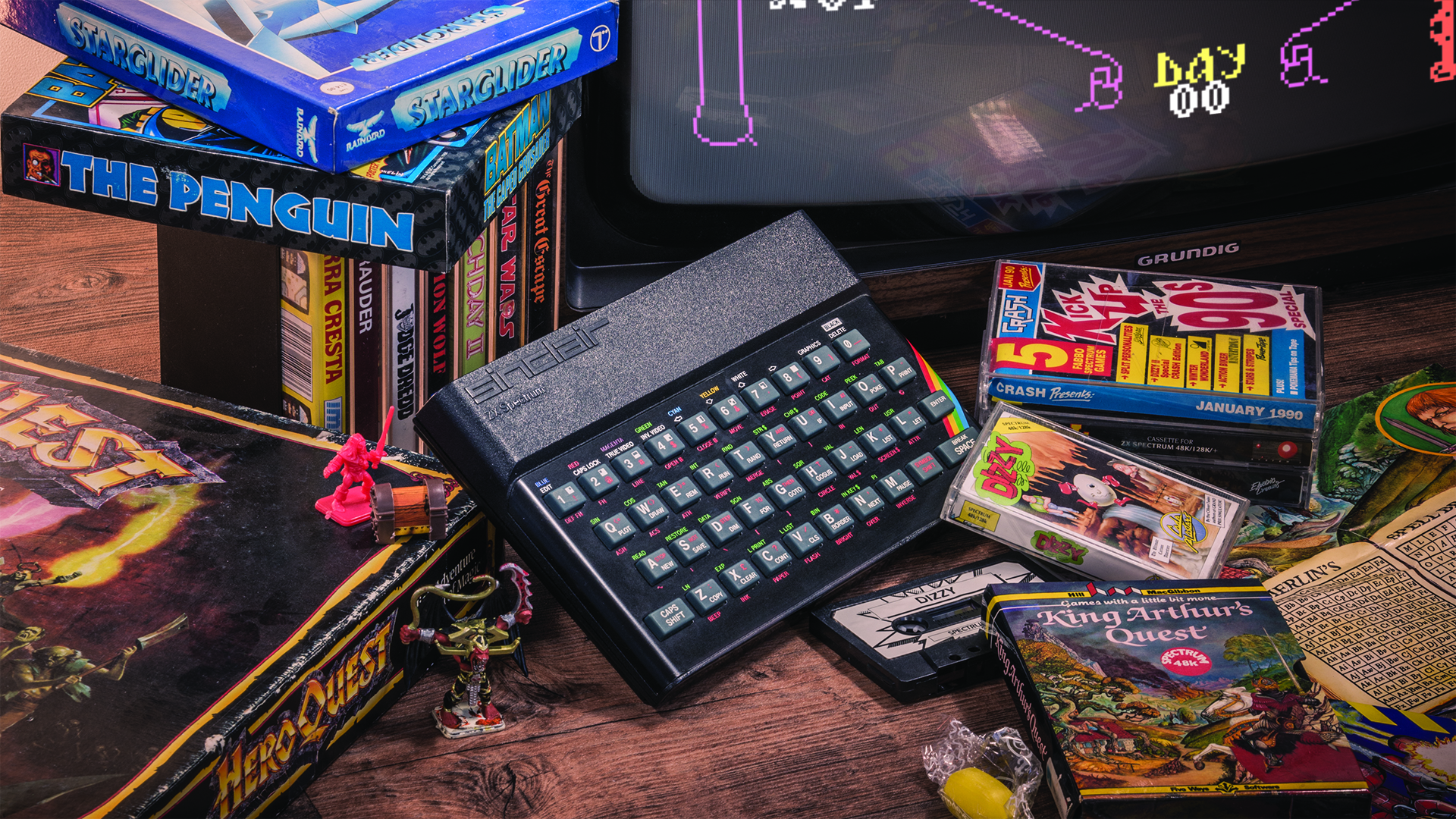
Year: 1982 | Manufacturer: Sinclair Research
Sign up to the GamesRadar+ Newsletter
Weekly digests, tales from the communities you love, and more
Sir Clive Sinclair's 8-bit marvel was a huge success in the United Kingdom, helping to kickstart a gaming revolution that started off in bedrooms of enthusiast game programmers up and down the country. Many talented developers, from David Perry and Matthew Smith to the Stamper brothers were linked to the machine, while huge companies, like Codemasters and Rare, built their early businesses off the humble 8-bit micro. The ZX Spectrum made game makers out of all of us.
17. Sega Saturn
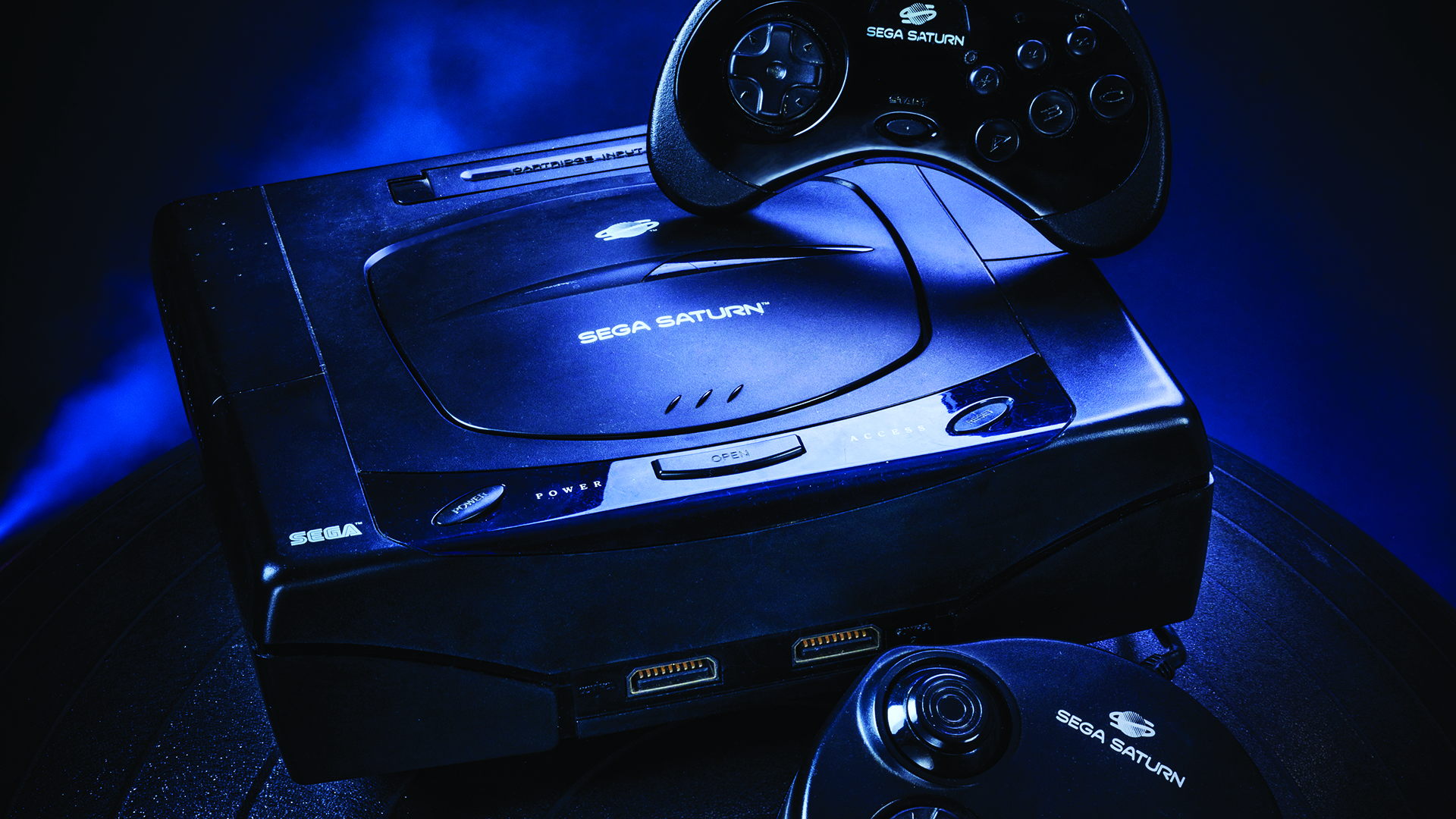
Year: 1994 | Manufacturer: Sega
While Sega was ultimately bested by Sony by the time the Dreamcast and PlayStation 2 went head-to-head in the early aughts, the rivalry started here. The Sega Saturn launched in 1994, just weeks ahead of the original PlayStation and Sega's 32-bit machine struggled to gain momentum. That said, the Sega Saturn had a strong first-party line-up – which included the likes of Virtua Fighter, Sega Rally, Nights into Dreams, and Panzer Dragoon – and a somewhat unique library, were you willing to invest in Japanese imports.
16. Amiga 500
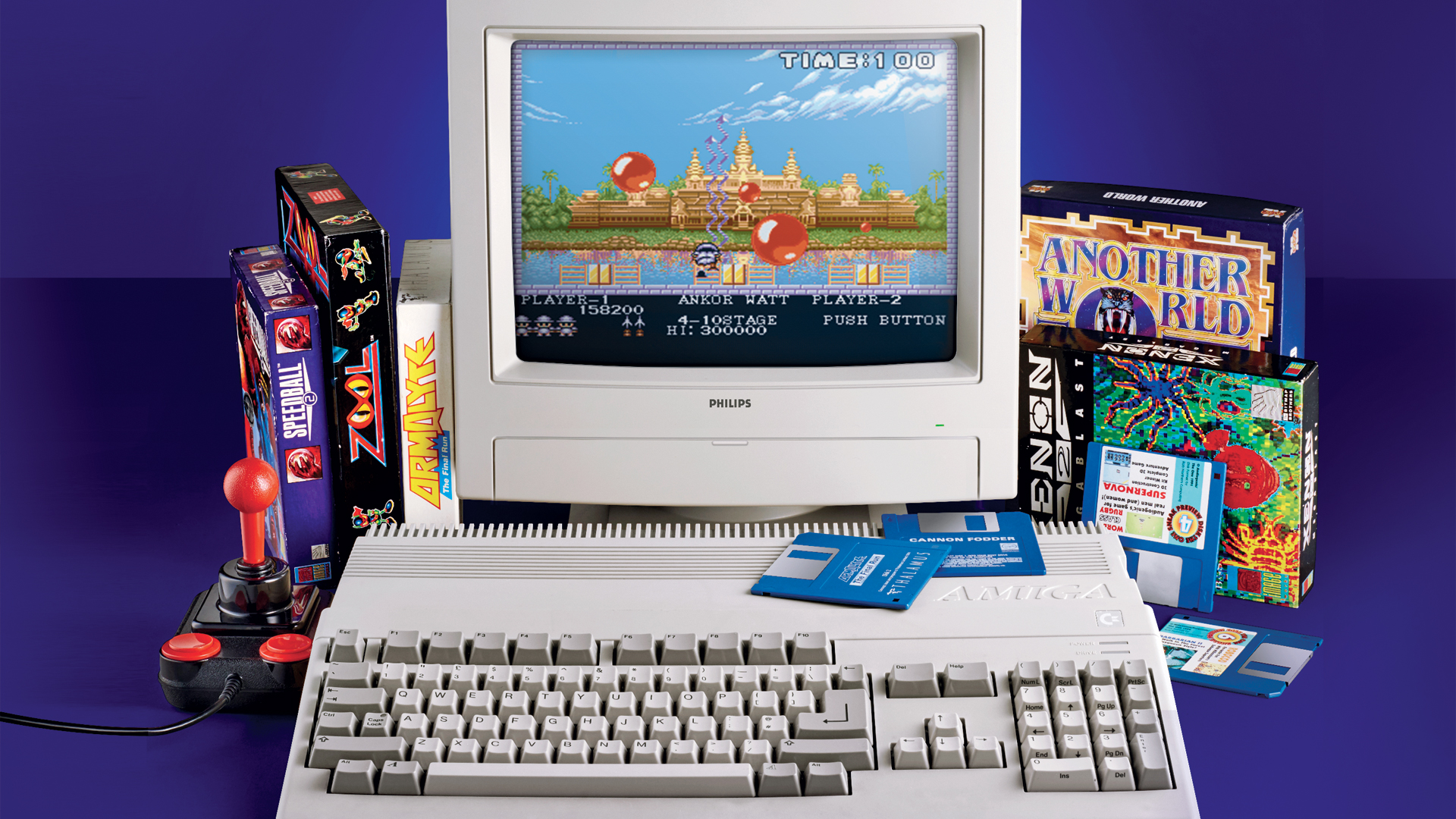
Year: 1987 | Manufacturer: Commodore
The Amiga 500 was like a quantum leap for video games when it was first launched in 1987. While the system had multimedia application, its use as a gaming system was widespread thanks to its superior visual and audio output. Perhaps that might be difficult to imagine now, almost 35 years later, but seeing the demos for games like Batman or Shadow of the Beast convinced many an 8-bit owner that it was time to upgrade to Commodore's supercharged system.
15. Game Boy Advance
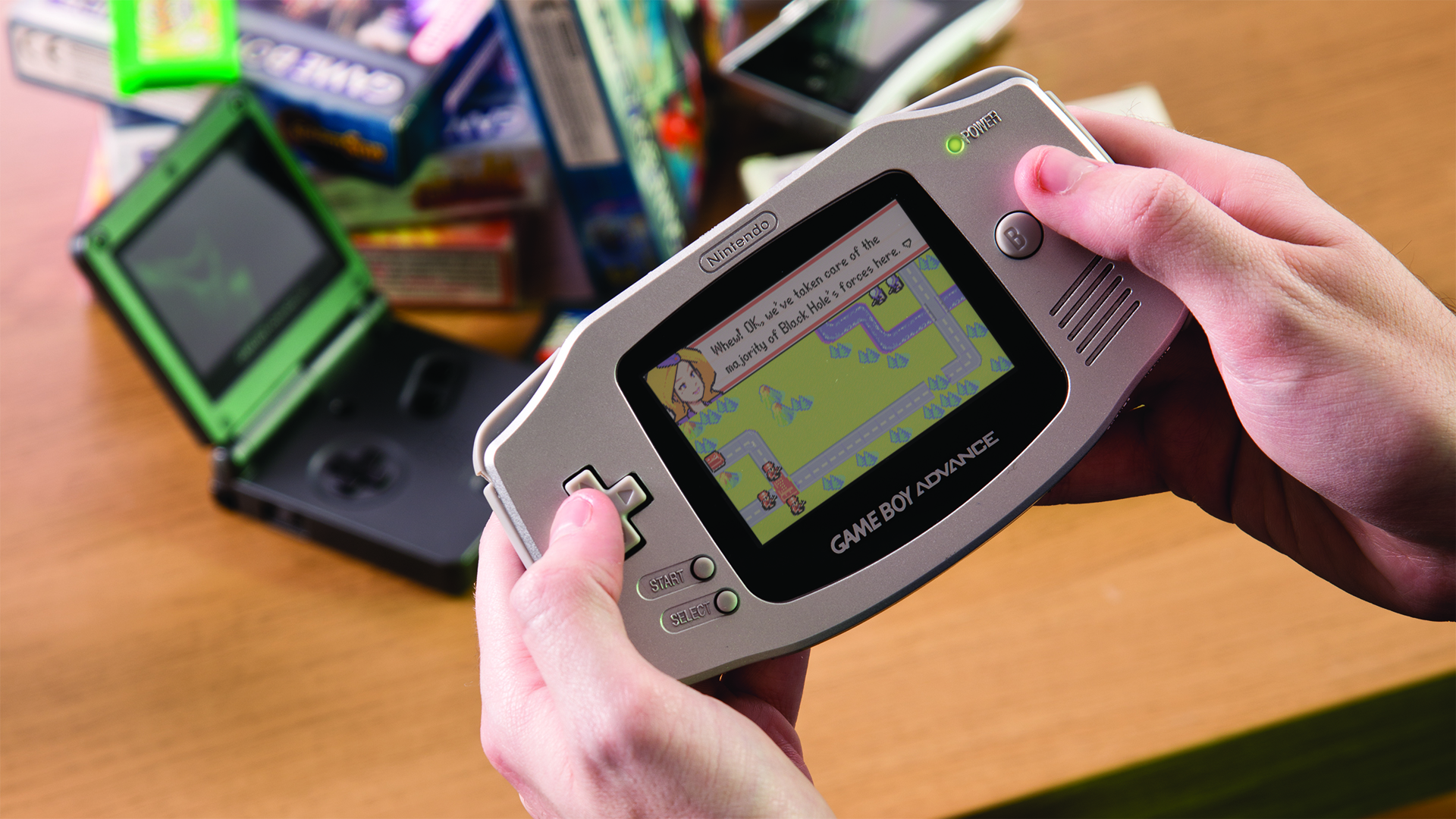
Year: 2004 | Manufacturer: Nintendo
It's easy to forget that the Game Boy Advance was succeeded by the Nintendo DS within just four years. The 32-bit handheld breathed new life into Nintendo's biggest franchises, became a platform for incredible new IP, and – thanks to the introduction of the shoulder buttons – ensured that greater parity could be had between home console and handheld adventures. The Game Boy Advance was an oasis of 2D gaming in an industry that had fully embraced 3D graphics.
14. Game Boy
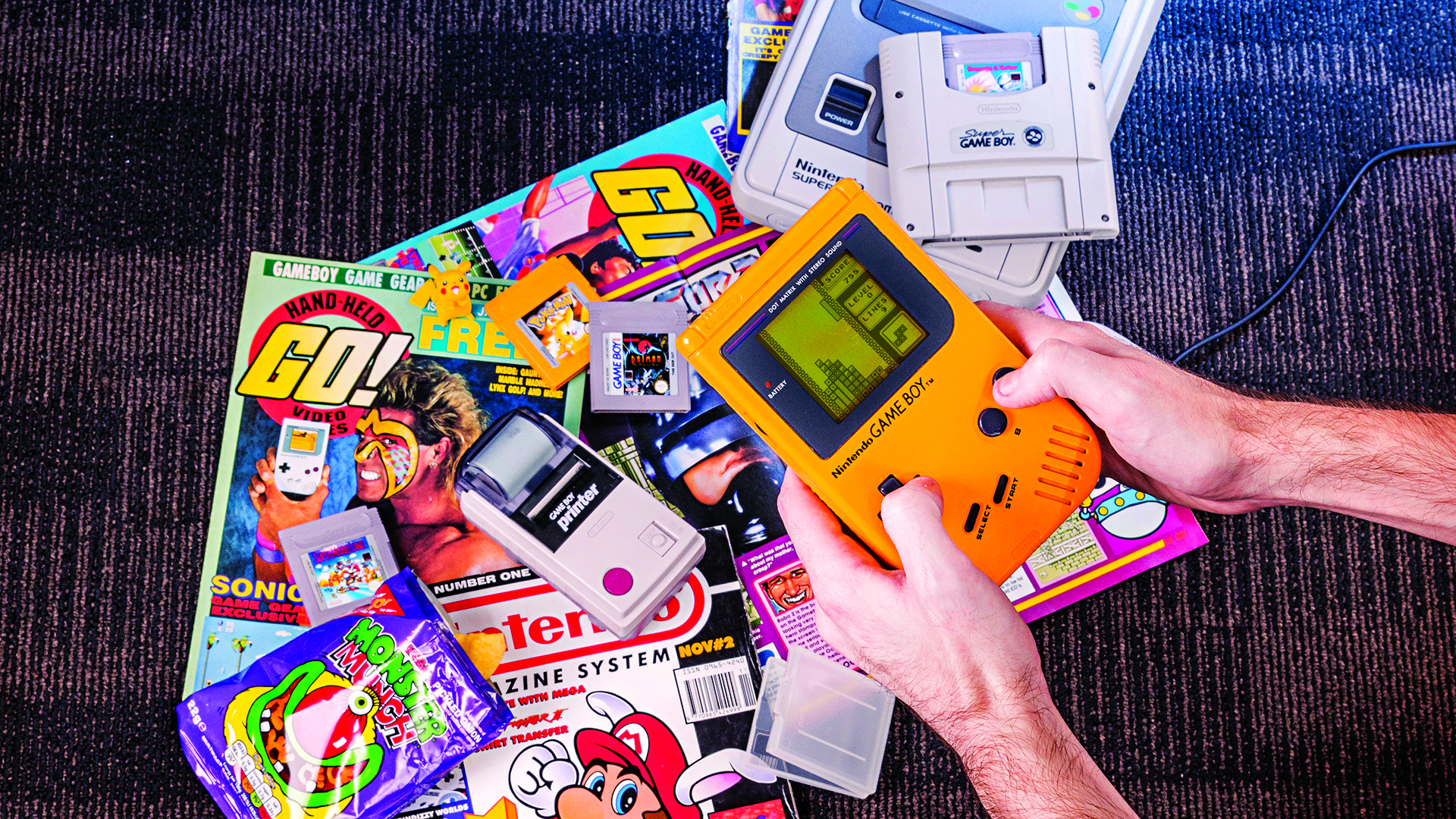
Year: 1989 | Manufacturer: Nintendo
The original GameBoy is arguably one of the most important pieces of video game hardware in history. When the system landed in 1989 it kickstarted the burgeoning handheld market, demonstrated the appeal of being able to play games on the go, and (despite its bulky size) managed to squeeze a surprising amount of life out of four AA batteries. A tremendous line-up of first- and third-party releases helped enshrine the Game Boy as one of the most recognizable, and best-selling consoles of all-time.
13. Sega Genesis
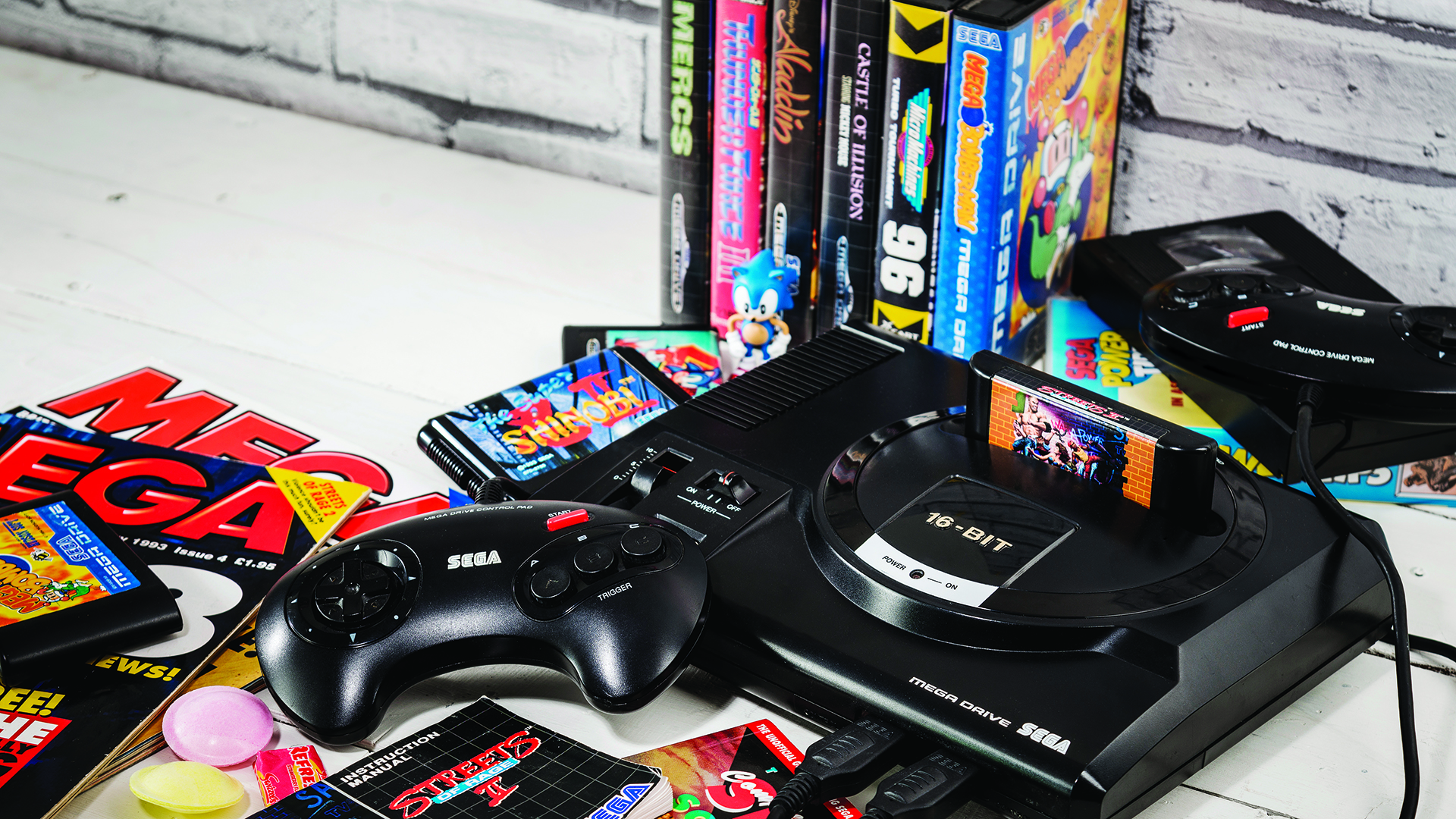
Year: 1988 | Manufacturer: Sega
For all its achievements, the Sega Genesis (or Sega Mega Drive, for those of you outside of North America) will perhaps be best remembered for being the first console to finally break Nintendo's ironclad grip on the market (even if it was for the briefest of moments). It might have trailed behind the PC Engine in Japan, but things were very different for Sega's console in the West, thanks to strong developer support from the likes of EA, a string of killer arcade conversions, and a little blue hedgehog by the name of Sonic.
12. Nintendo GameCube
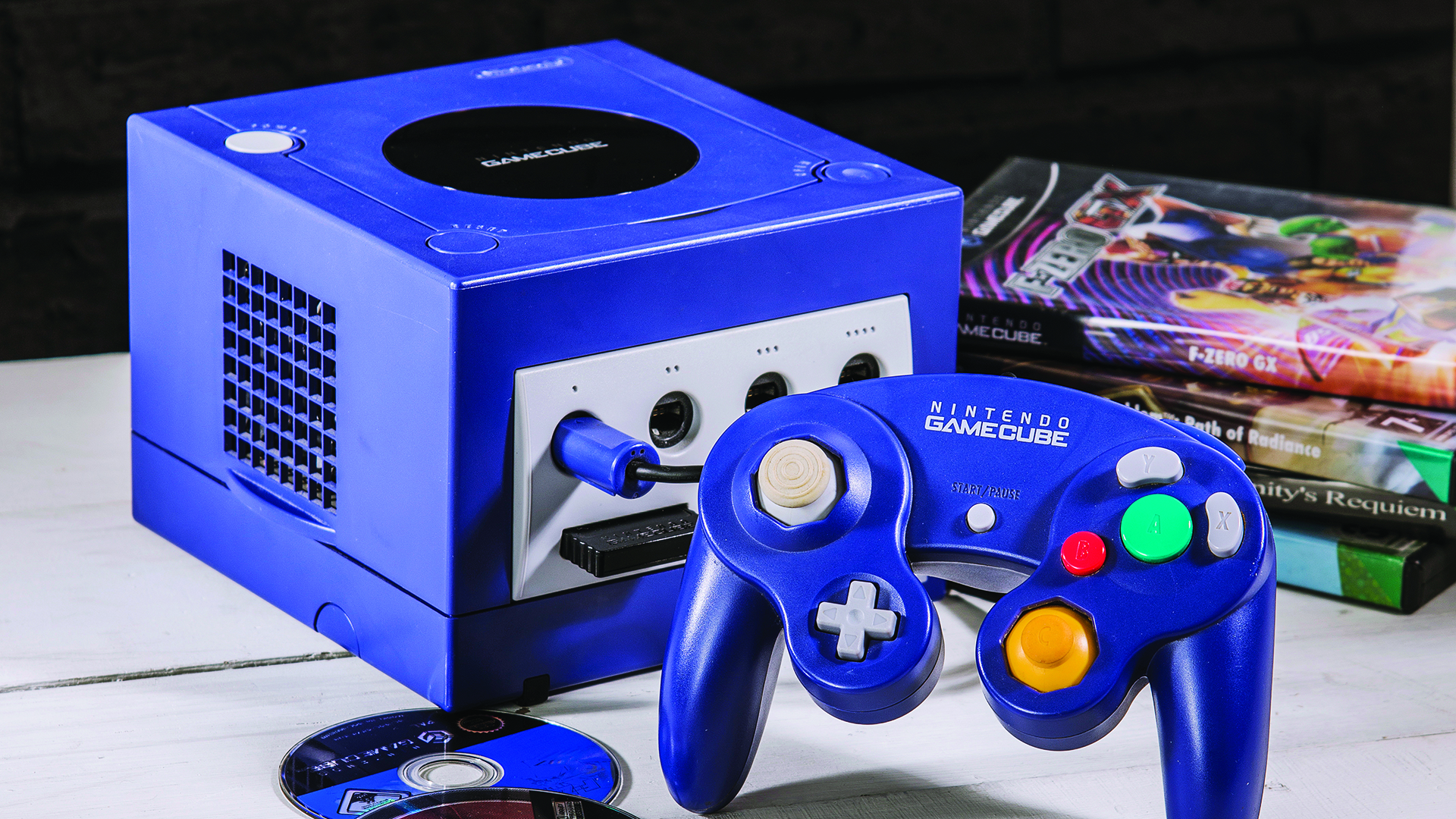
Year: 2001 | Manufacturer: Nintendo
Arriving in the same year that the PlayStation 2 muscled Sega out of the home console market entirely, just months before Microsoft's powerful and future-proofed Xbox, success was never guaranteed for the Nintendo GameCube. But it endured, thanks to its wonderful line-up of transformative exclusives – Metroid Prime, Pikmin, Resident Evil 4, and The Legend of Zelda: Wind Waker, to name but a few. There are few home consoles that can claim to have as much character as the Nintendo GameCube.
11. Nintendo Entertainment System
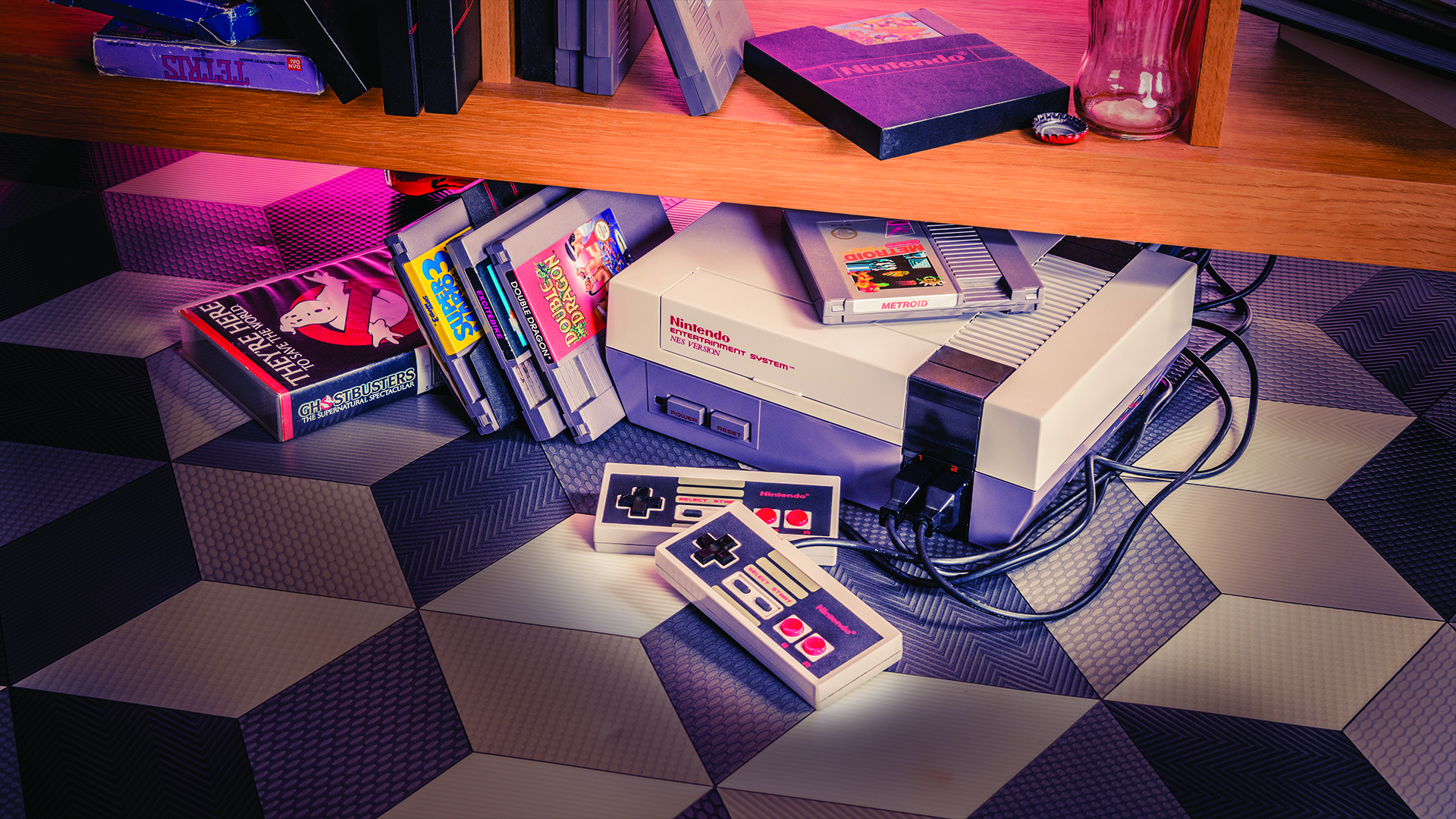
Year: 1983 | Manufacturer: Nintendo
Where 'Atari' became synonymous with gaming in the mainstream through the late '70s, Nintendo picked up that honor when it launched the Nintendo Entertainment System in 1983. In spite of its dated design and clunky controllers, the NES laid the foundation for some of Nintendo's biggest franchises. Its library is almost unrivaled, boasting incredible first-party releases and a powerful lineup of polished third-party games. Who knows where Nintendo, if not the entire home console market, would be today without the NES.
10. Nintendo DS
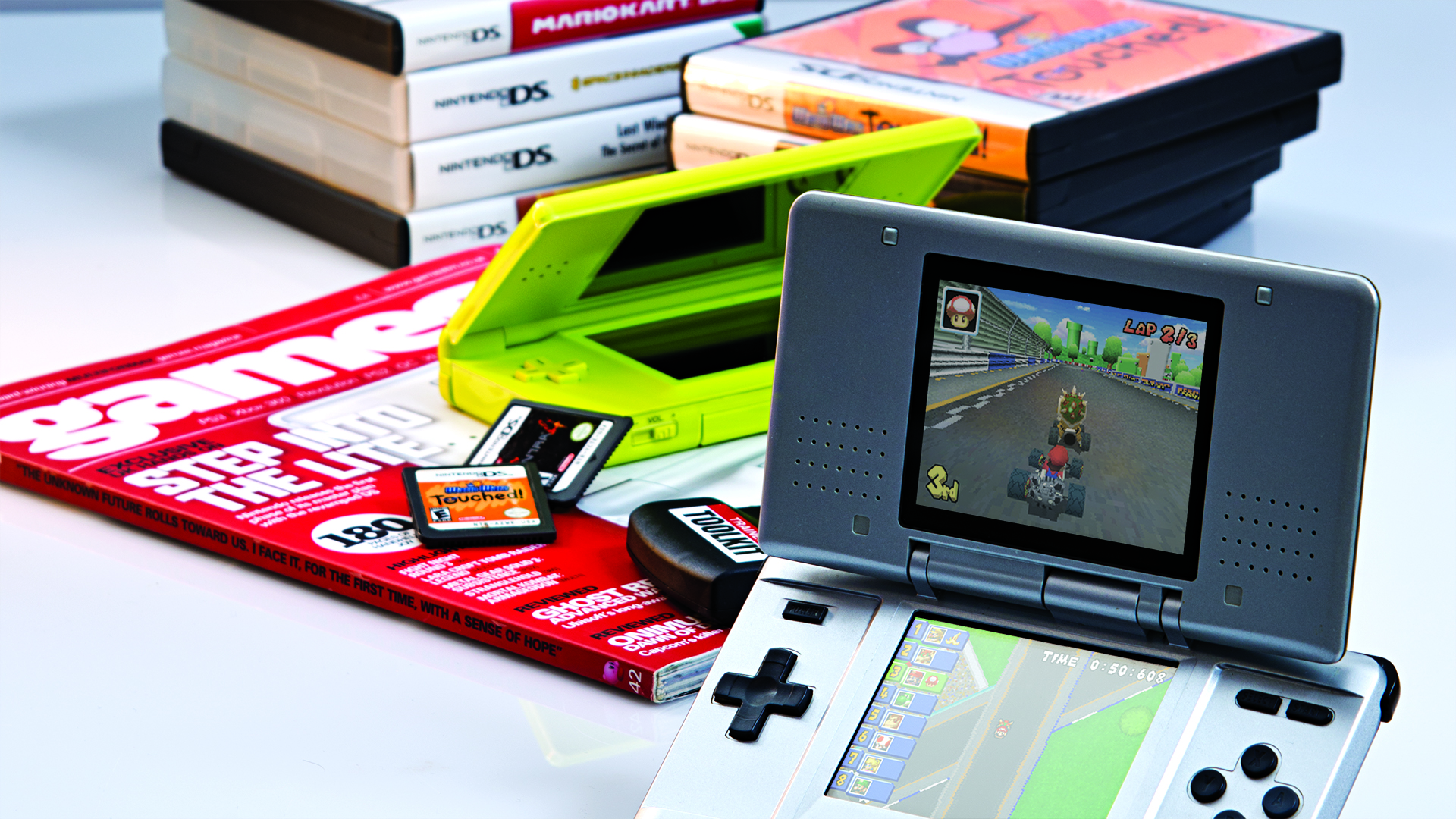
Year: 1996 | Manufacturer: Nintendo
It may have started off as a "third pillar" for Nintendo in 2004, but the DS quickly became a dominant force in the games industry. In fact, the Nintendo DS effortlessly captured the casual market that had eluded Nintendo since the release of the NES. With its innovative clamshell design and a litany of quirky-looking games designed to take full advantage of the dual-screen and touch-input setup, the handheld ultimately outsold the combined totals of both the GameCube and Game Boy Advance.
9. Nintendo 64
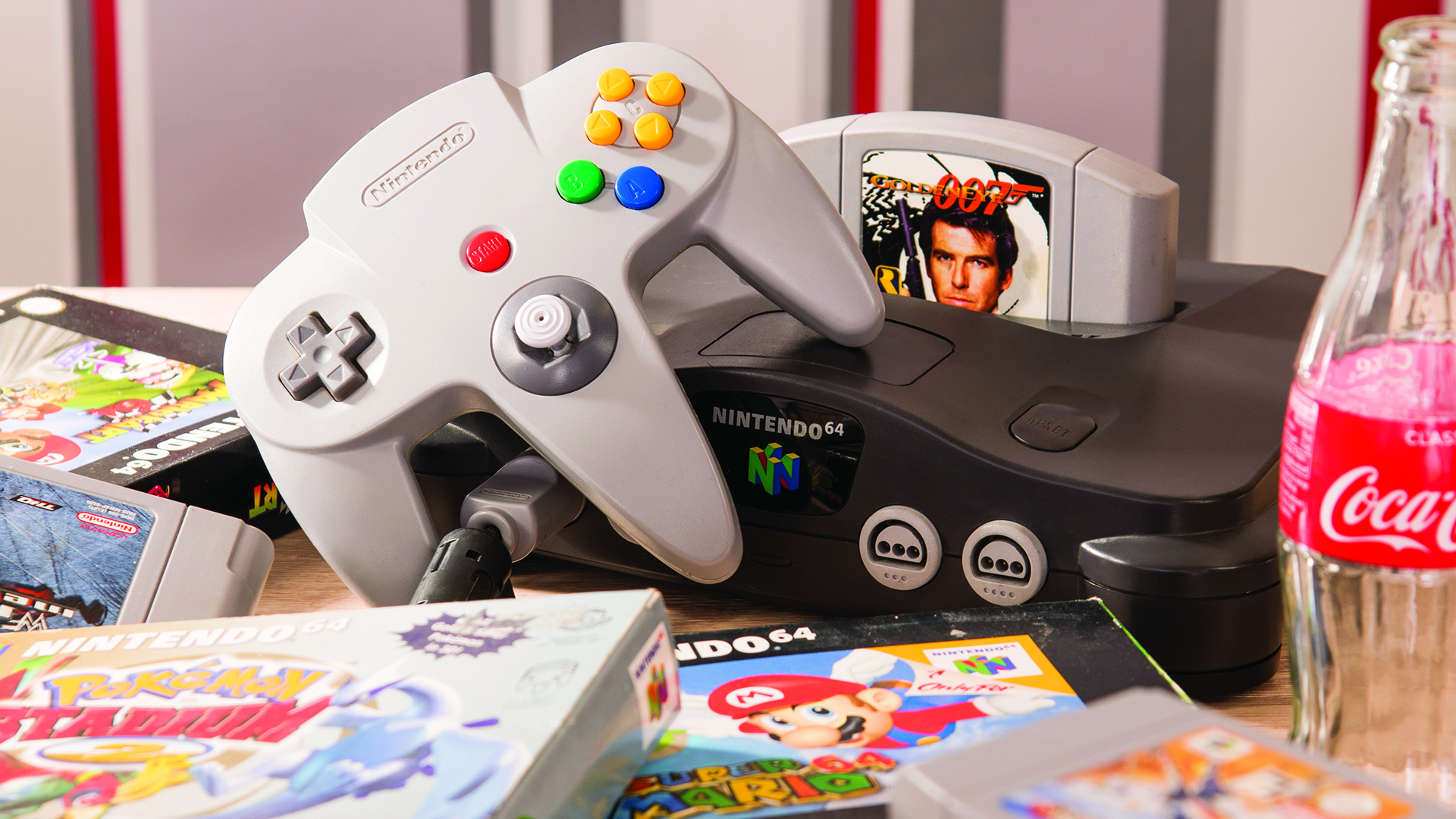
Year: 1996 | Manufacturer: Nintendo
The Nintendo 64 changed the way that we play games today. The N64 arrived in the summer of '96 with two revolutionary components: a bespoke controller complete with an analogue stick to allow for precise 3D input, and a video game that could take full advantage of it – Super Mario 64, one of the best and most important releases of all time. The N64's library is full of a litany of classics that set the standard for every game genre for years to come.
8. Sega Dreamcast
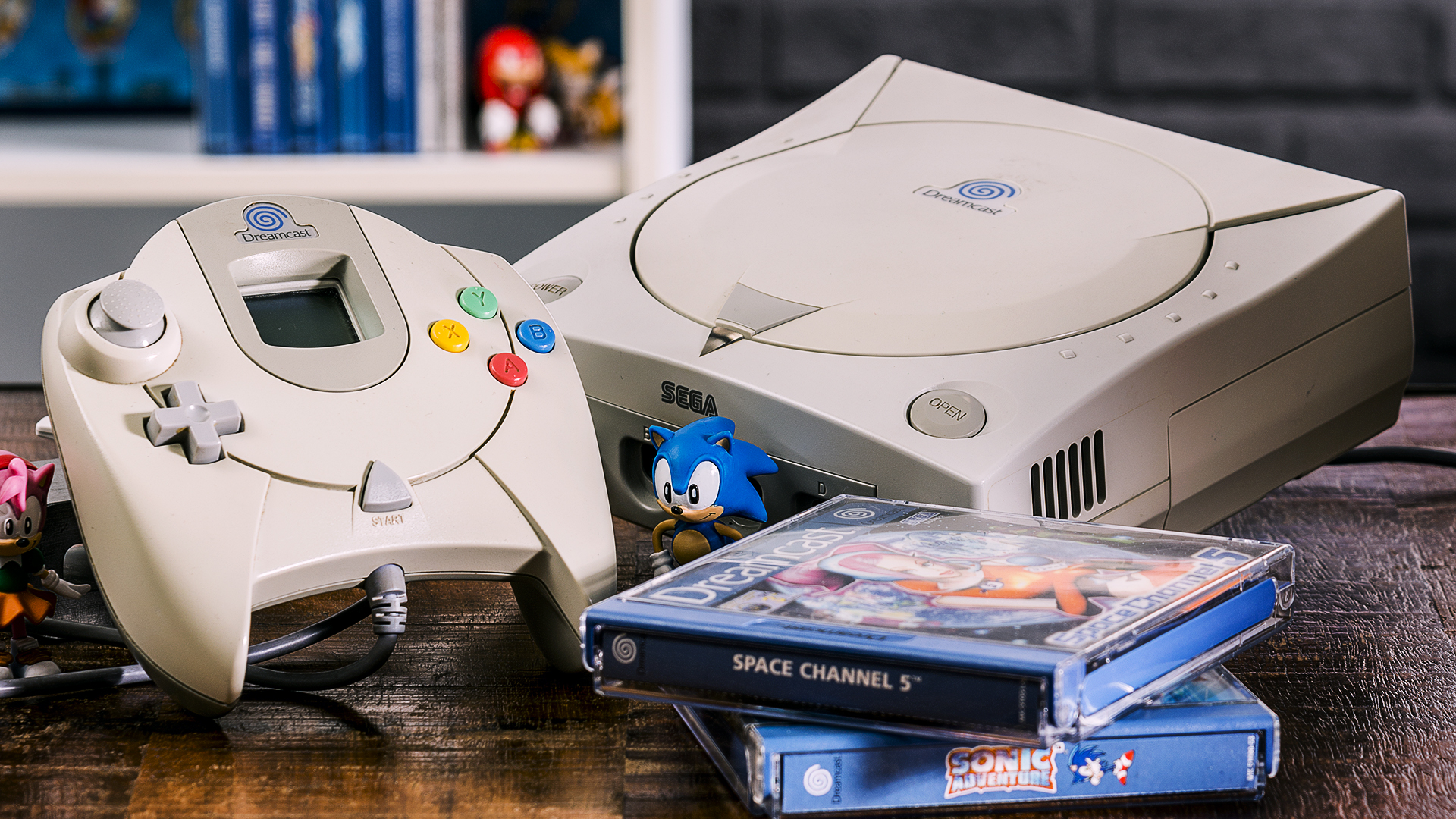
Year: 1998 | Manufacturer: Sega
Few consoles inspire the passion that Dreamcast fans hold for their machine. Sega was undoubtedly ahead of its time, launching in 1998 with a built-in modem to support online-play, a proprietary disk format that was far superior to CD, and a removable memory card that could double up as a rudimentary handheld console. Despite having an astonishing run of great games in such a short time, the Dreamcast will forever be remembered as Sega’s swan song in the hardware market.
7. Nintendo Wii
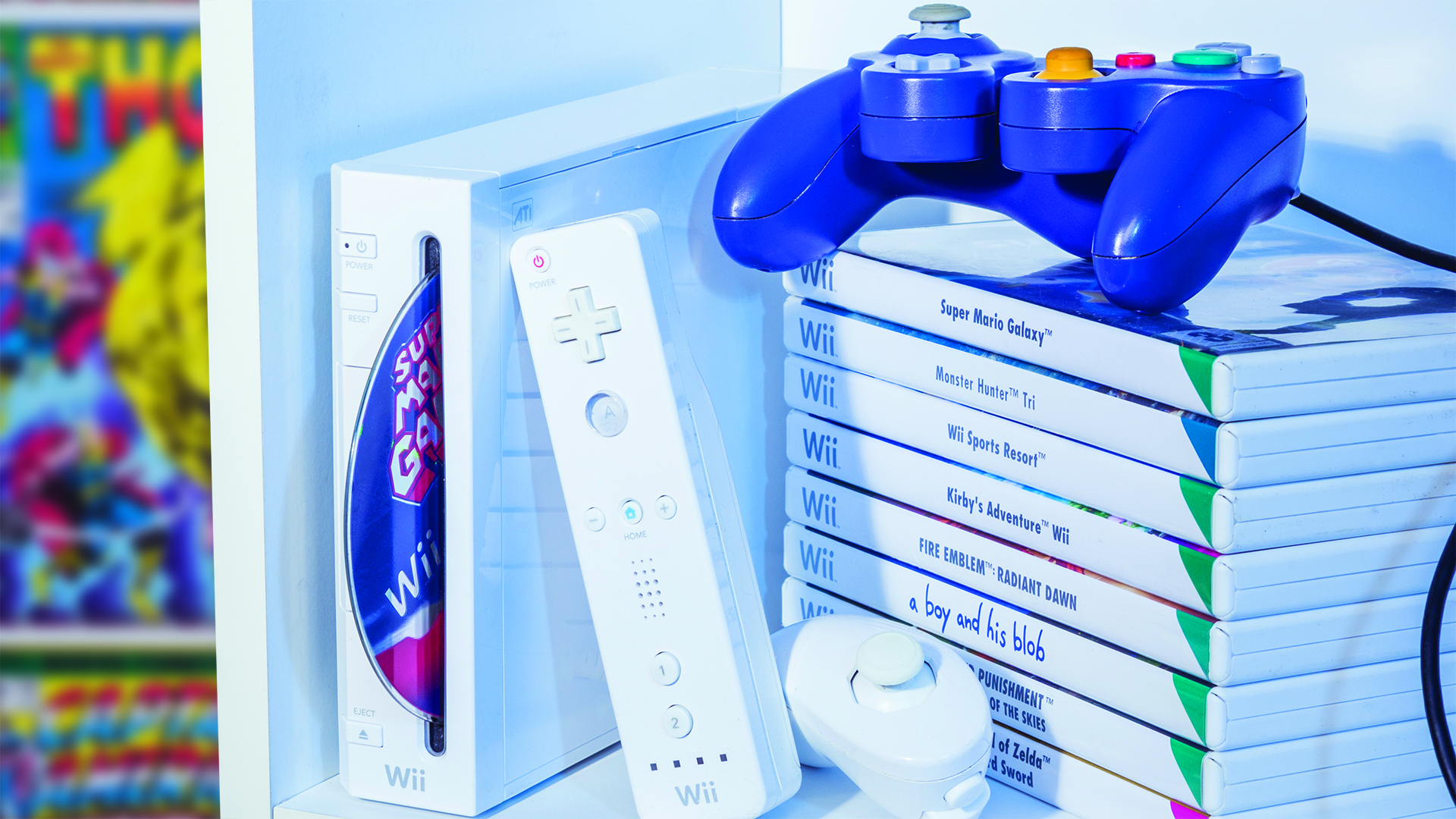
Year: 2006 | Manufacturer: Nintendo
It's easy to forget that Nintendo's home console sales were on a continuous downward slide before the release of the Nintendo Wii. As Sony and Microsoft entered an arms race over performance and power, Nintendo elected to put its resources elsewhere. Moulded around a unique, instantly accessible controller and bolstered by robust motion technology, the Wii delivered a gaming experience that no other system of the time could compete with – proving that Nintendo was still a force to be reckoned with.
6. Xbox 360
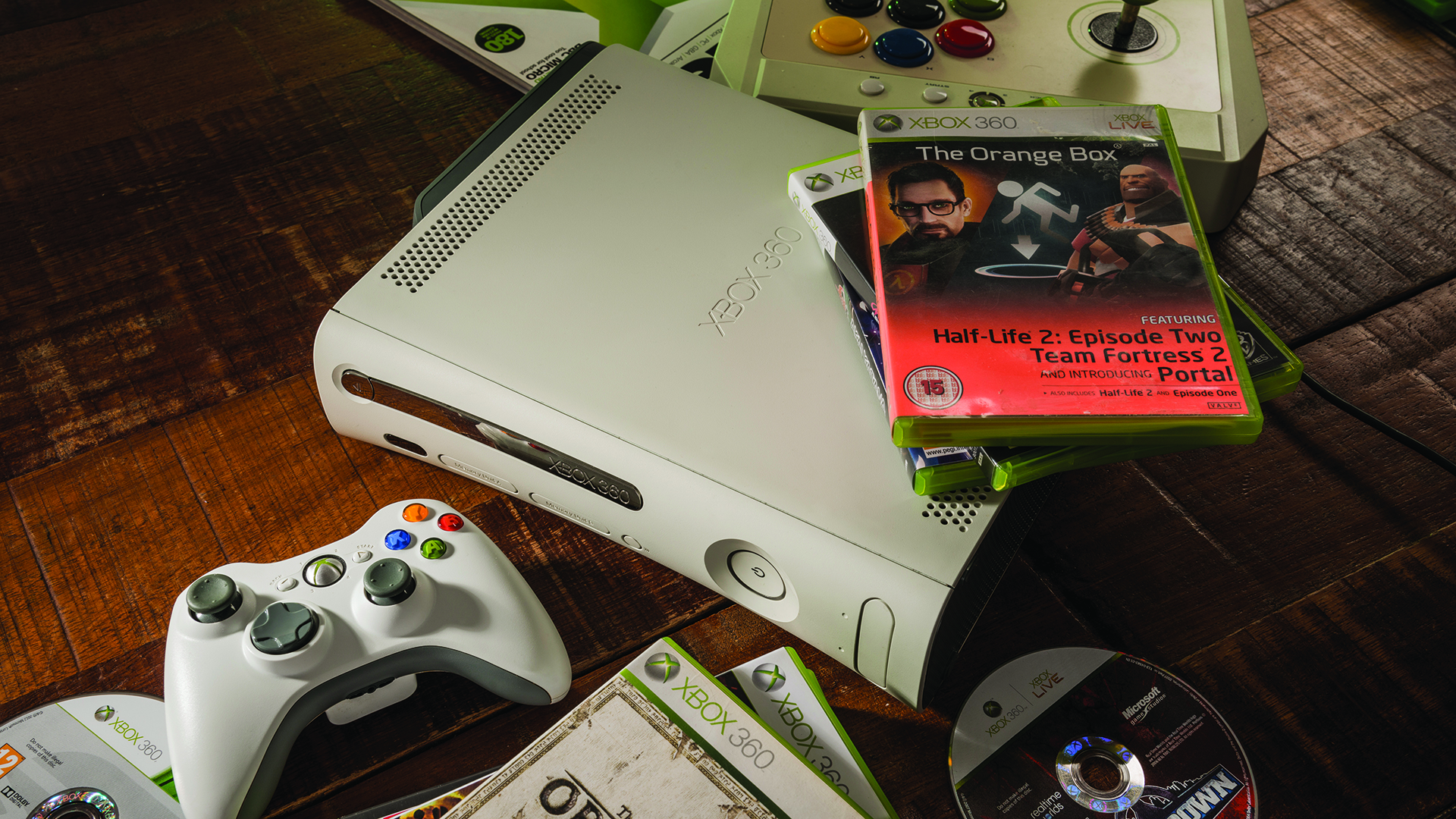
Year: 2005 | Manufacturer: Microsoft
The Xbox 360 met the moment. It ushered us into the HD-era and into a world where broadband was becoming commonplace, putting greater fidelity and online multiplayer at the centre of its platform. Over its eight-year reign, the Xbox 360 was used by developers to push video games forward – introducing a generation to larger, denser open worlds, more considered storytelling, and more competitive multiplayer experiences. The Xbox 360 is an innovative, powerful console that established Microsoft as a dominant player in the competitive console market.
5. PlayStation
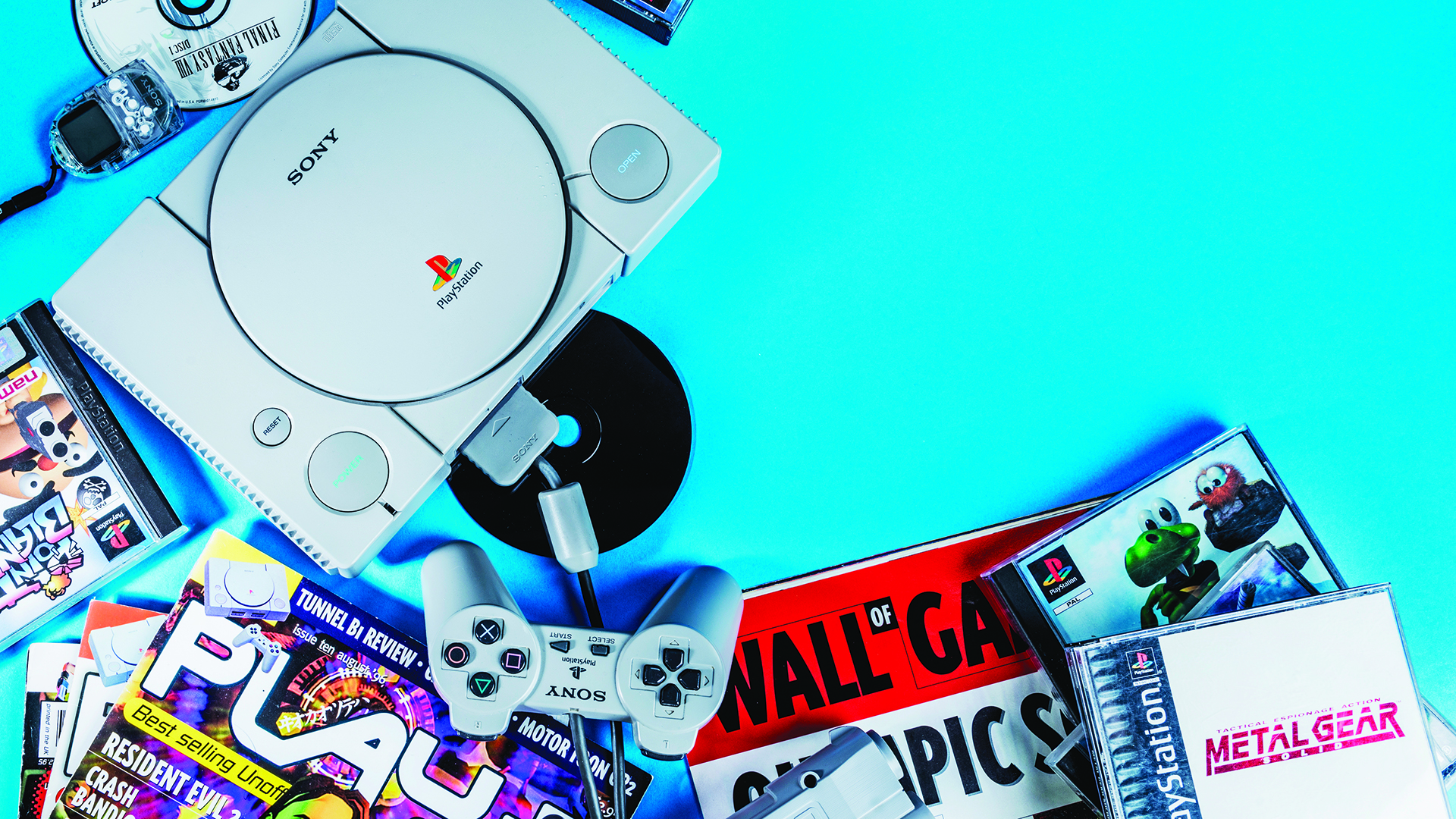
Year: 1994 | Manufacturer: Sony
We hasten to use the phrase "game changer" around here, but it's difficult to find a phrase that more accurately describes Sony's first foray into the console market. So many of the games we play today are built on the foundations first laid out by developers on the PlayStation. In truth, the PlayStation changed the shape of the entire video game industry, taking gaming into the mainstream with such force that it became the first console to sell over 100 million units.
4. PlayStation 4
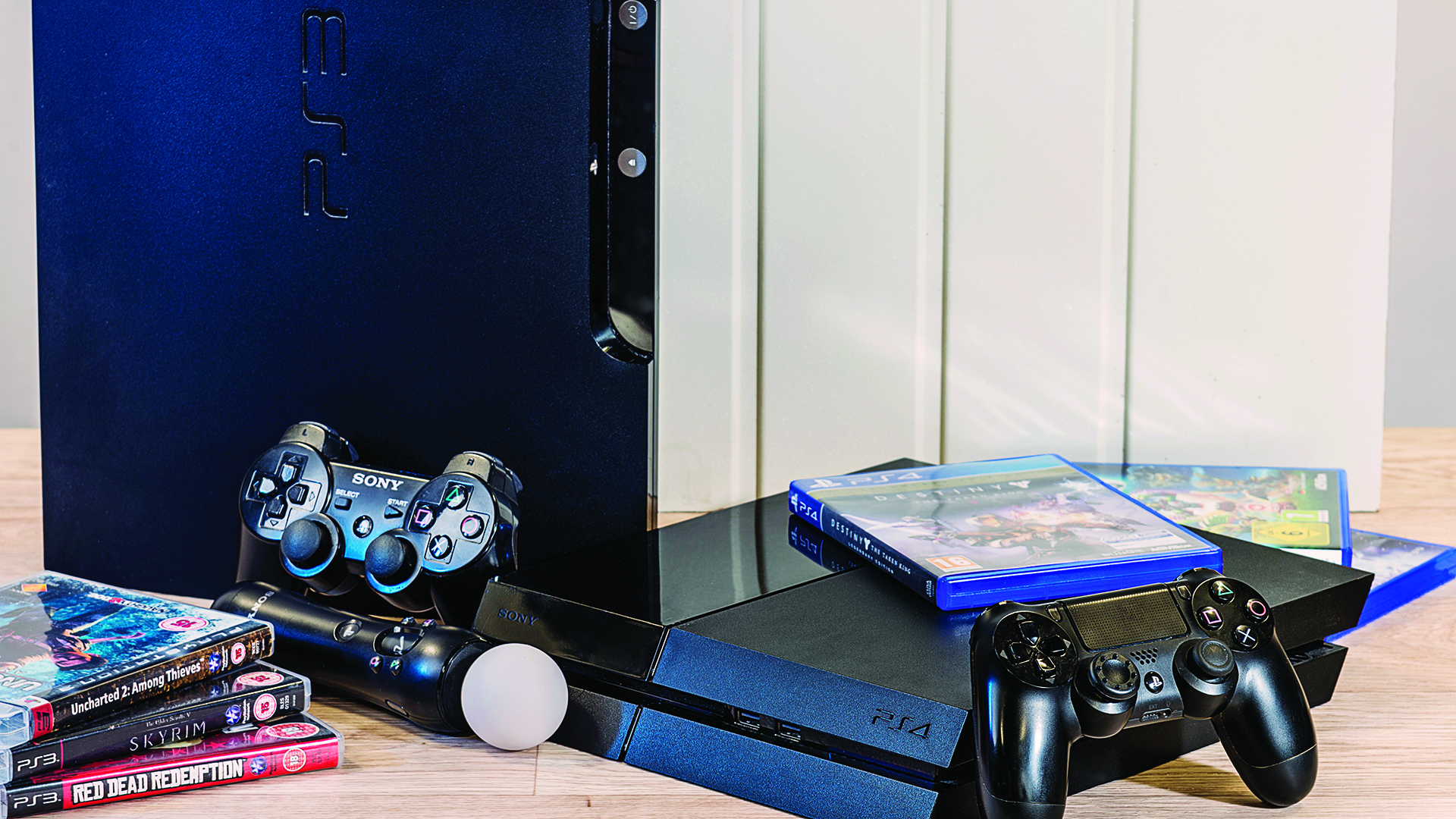
Year: 2013 | Manufacturer: Sony
The PlayStation 4 is the newest system in our greatest gaming hardware of all time list, but its inclusion has nothing to do with recency bias. After a rocky generation with the multimedia-focused PlayStation 3, Sony went back-to-basics and released a games console where games were the focus. Unsurprisingly, it worked. The PS4 has one of the strongest first-party offerings in Sony's history, establishing SIE Worldwide Studios as a dominant force not to be reckoned with – a trend that continues to this day.
3. Super Nintendo Entertainment System
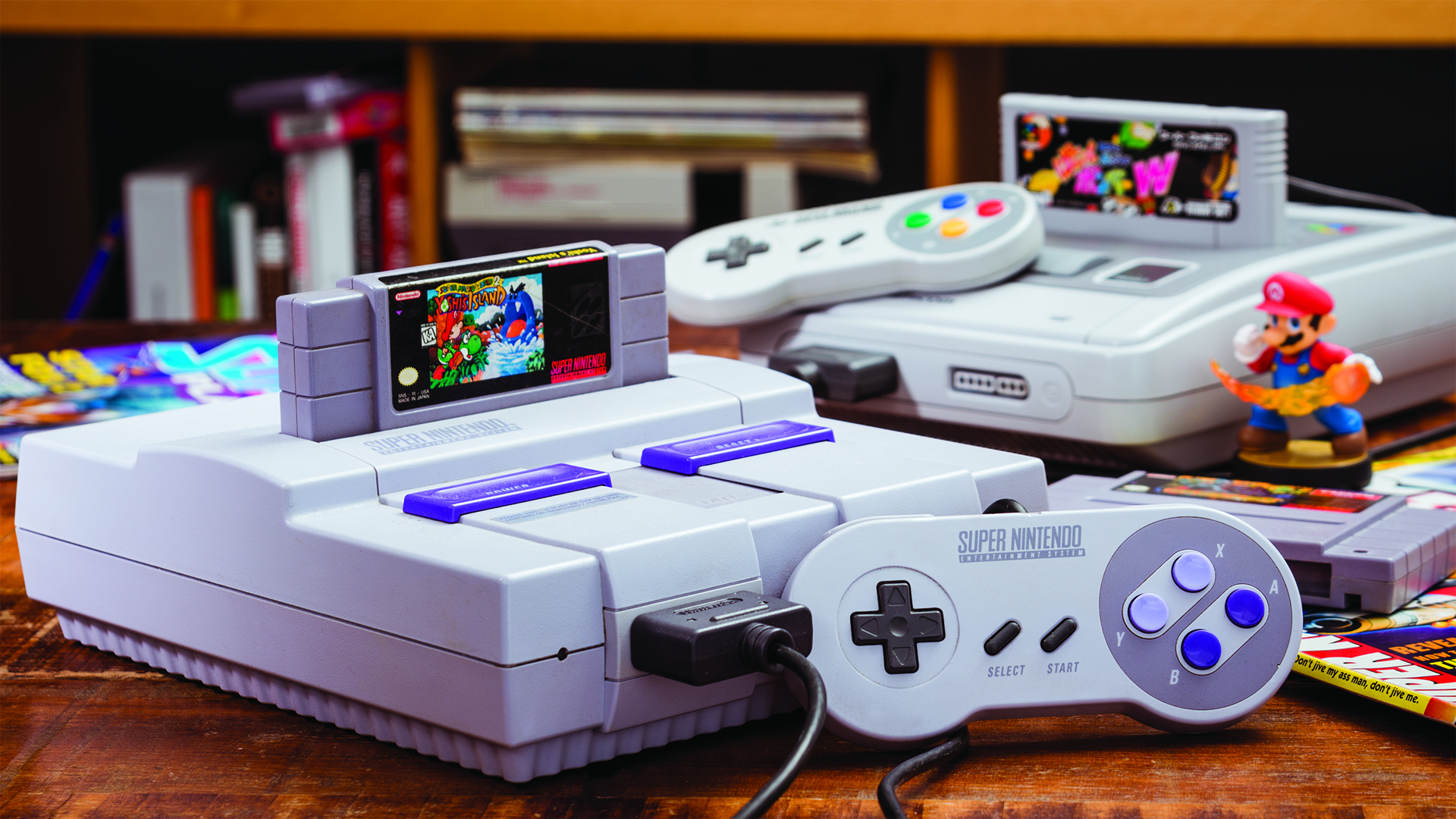
Year: 1990 | Manufacturer: Nintendo
The Super Nintendo Entertainment System landed at a strange time. The enduring dominance of the Sega Mega Drive may have scared lesser competitors away, but it fuelled Nintendo to release some of the best software in its history. The Legend of Zelda: A Link to the Past, Super Metroid, Super Mario Kart, Donkey Kong Country… we could go on and on here, listing legendary games. Few consoles can boast of a library as iconic as the SNES', a home console that is as impactful as it was ultimately influential.
2. PlayStation 2
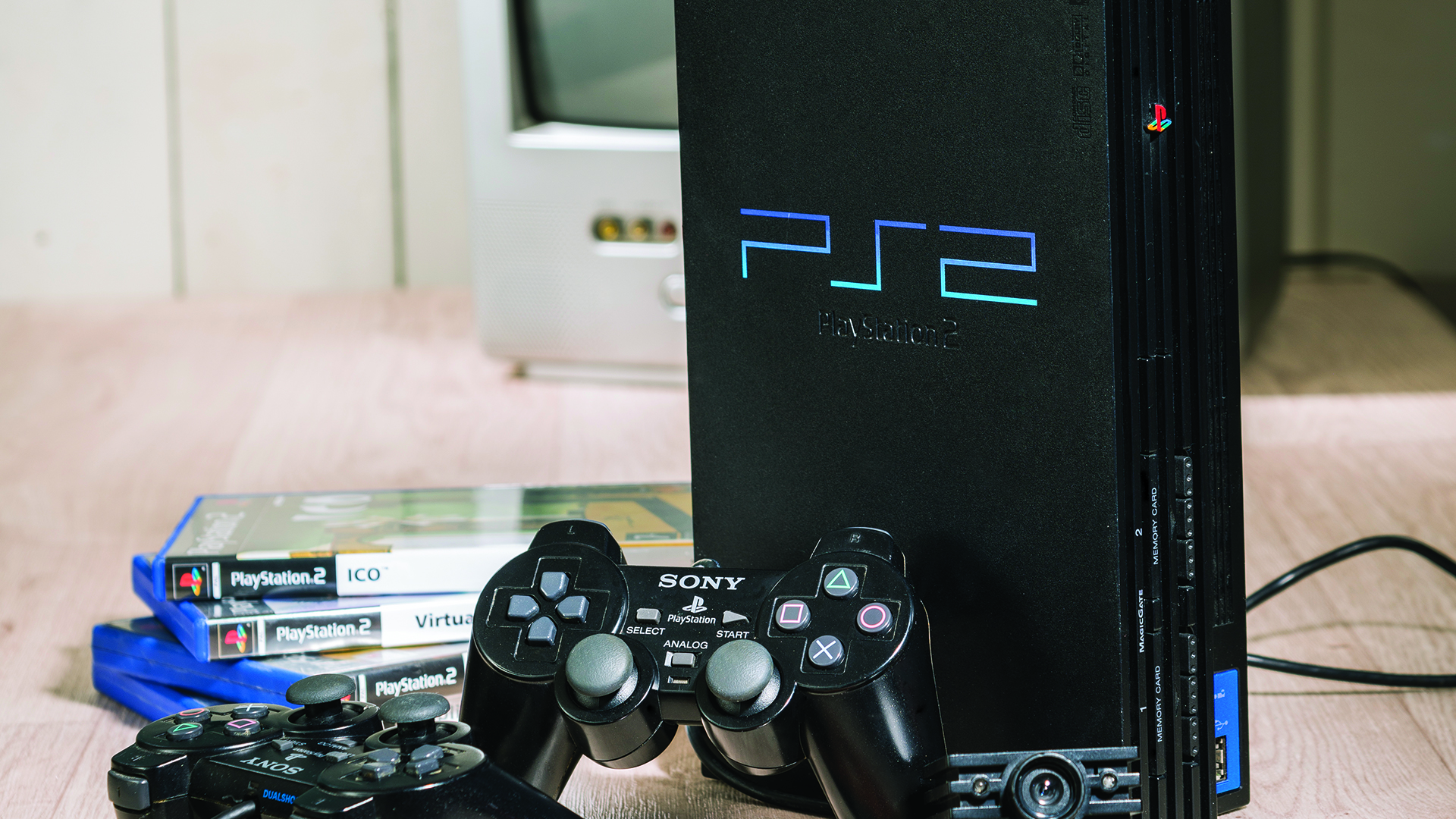
Year: 2000 | Manufacturer: Sony
There's a reason the PlayStation 2 is the best-selling console of all-time – and no, it isn't (only) because of the fantastic DVD player that was housed within the sleek black box. The reason the PS2 sits in 155 million homes is because of its wildly diverse catalogue of games – from blockbusters like Grand Theft Auto and Gran Turismo, to weirder experiments like Katamari Damacy and Guitar Hero. The PS2 was a dominant force and its legacy is undeniable.
1. PC
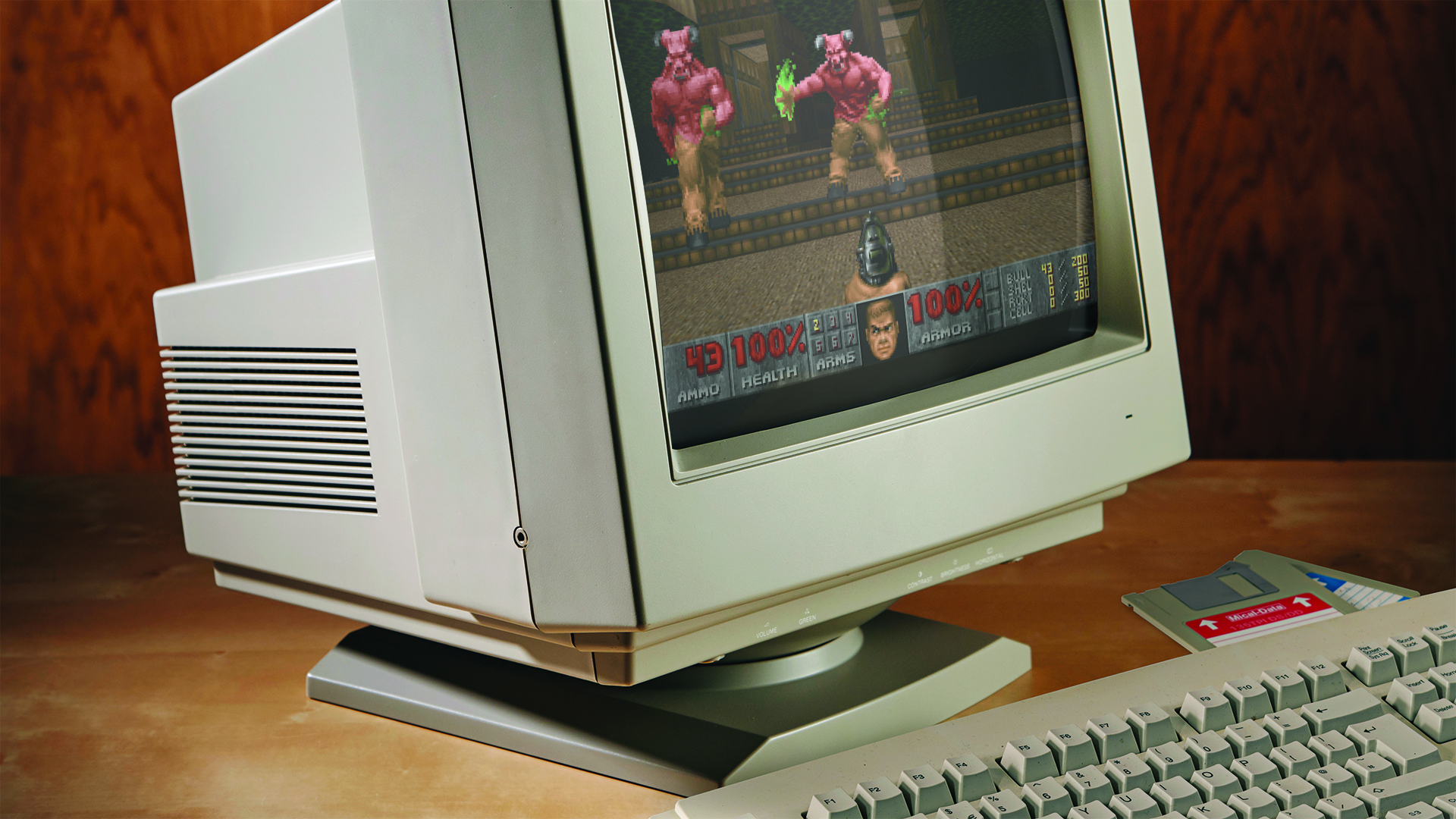
Year: 1981 | Manufacturer: Various
As home consoles rise and fall through countless generations, the PC remains a constant in the market and an undeniable force to be reckoned with. It has survived it all, through big-boxed floppy disk games to the shift into digital distribution that is so prevalent today. From DOS games running on 486 processors through to booting games up on digital platforms like Steam, the PC has been a home for video games for decades – and rarely has it failed us.
For more, why not read out selection for the 50 best game characters of all time or our rankings for the 50 best games of all time. The results might just surprise you.

Josh West is the Editor-in-Chief of GamesRadar+. He has over 15 years experience in online and print journalism, and holds a BA (Hons) in Journalism and Feature Writing. Prior to starting his current position, Josh has served as GR+'s Features Editor and Deputy Editor of games™ magazine, and has freelanced for numerous publications including 3D Artist, Edge magazine, iCreate, Metal Hammer, Play, Retro Gamer, and SFX. Additionally, he has appeared on the BBC and ITV to provide expert comment, written for Scholastic books, edited a book for Hachette, and worked as the Assistant Producer of the Future Games Show. In his spare time, Josh likes to play bass guitar and video games. Years ago, he was in a few movies and TV shows that you've definitely seen but will never be able to spot him in.


